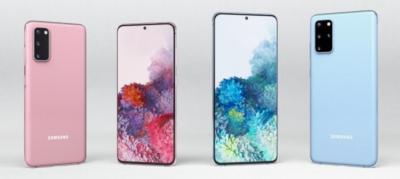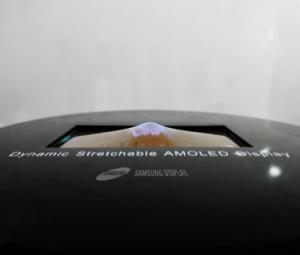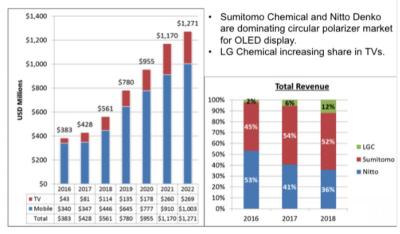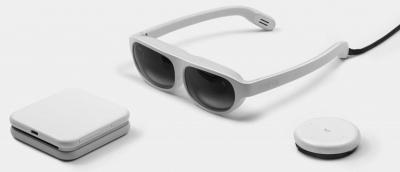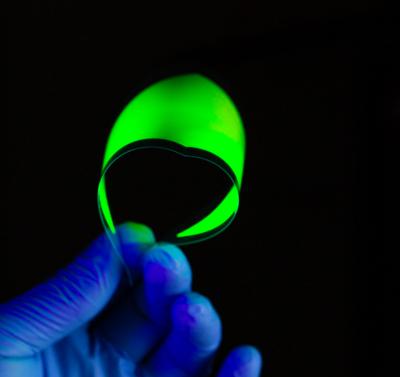Will the Samsung Galaxy M41 use a CSoT flexible AMOLED panel?
In 2019, it was reported that Samsung Electronics is in early talks with China's CSoT for flexible OLED supply for low-end and mid-tier smartphones. According to a new report from Korea, Samsung Electronics has decided to adopt a CSoT flexible OLED panel for its upcoming budget Galaxy M41 smartphone.
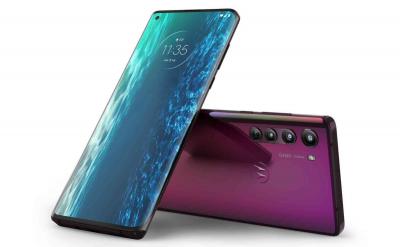
Motorola Edge
If true, this is the first time that Samsung Electronics will adopt an OLED that wasn't produced by Samsung Display. The M41 will use a 6.67-inch 1080x2340 AMOLED, the same panel used in Xiaomi's Mi 10 and Motorola's Edge.


